Tempelhof is Berlin’s oldest civilian airport. Built at a time when air travel was still in its infancy this airport exhibits many properties not found in modern airports.
Works on future Tempelhof airport were started in 1923 by the German ministry of transport. At the time air travel was still a novelty, and prevalent idea was that it will be something akin to a railway travel. As railway terminals were most often placed in the centers of cities, location for new Berlin’s airport was chosen at the edge of city’s wider center, at the extensions of its main north-south axis, Frederickstrasse.
The original terminal building, built in 1924, was replaced in the Nazi era by the current building designed by Prof. Ernst Sagebiel and the floor plan was designed to resemble an eagle’s spread wings in theme with the Nazi iconography. Construction of the eagle shaped building was interrupted by WWII, but the building is still one of the world’s largest in square footage, after the Parliament Palace built by former communist dictator Ceaucescou in Bucharest, Romania, several newer international airports, and the Pentagon in the US. There are four levels of tunnels and bunkers under Tempelhof airport, the lower two of which were burned and flooded by Russian troops before it was turned over to the US.
Another feature of this airport, not found in its modern counterparts, is the giant canopy roof, high enough to accommodate most of the aircraft used by the airport even in the decades after WWII. The aircraft could taxi all the way to the building and under the canopy. Passengers could then board and disembark from the plane protected from the elements. The mile-long hangar roof was to have been laid in bleacher style tiers to form a stadium for spectators at air demonstrations.
Tempelhof Airport ended up surrounded by urban development very quickly. Its awkward placement proved lucky for inhabitants of West Berlin, as it served as a drop off point of US organized airlift, during the Soviet blockade of the city in 1948. The airport remained in use throughout the Cold War. The northern half of the airport building was a US air force base until 1993, and many features remain, including the sprung-floor basketball court. However the bowling alley has since been dismantled.
In April of 2008, there was a referendum aimed at keeping Tempelhof Airport operational. However, this attempt at saving the airport failed. Ultimately, the pollution and hazards associated with a major airport in close proximity to residential areas motivated the shutdown of Tempelhof airport. The last commercial flight from Tempelhof happened on 30 October 2008.
As of 2010, Templehof has been designated a huge park and public space, as well as bird/animal sanctuary. You can visit and go to Roller Disco or go for a run if you want to escape the hectic city.
As of 2018, guided tours have been offered of the airport building several times per week. The entire building ihas been placed under German listed building status, and so provides a fascinating insight into its decades of history.
Know Before You Go
From the center of the city take U6 metro line to the Platz der Luftbrücke. There is a station named Tempelhof on the same metro line but it's situated on the opposite end of the airfield.


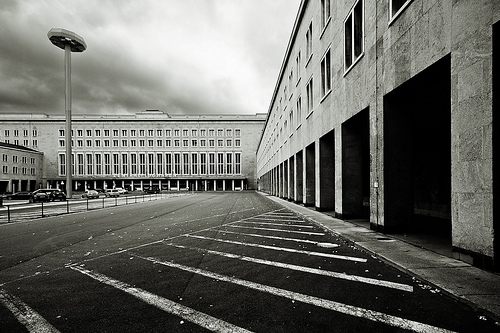
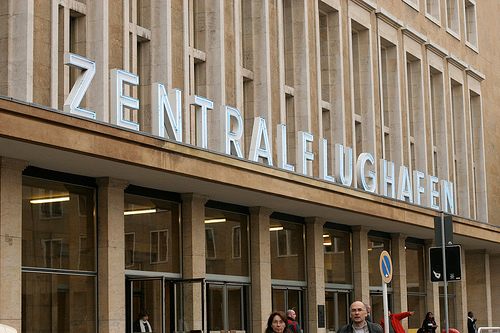
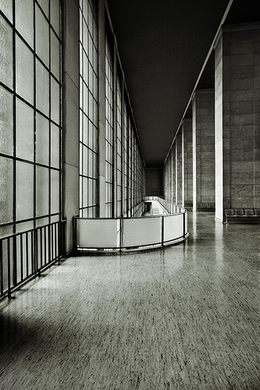
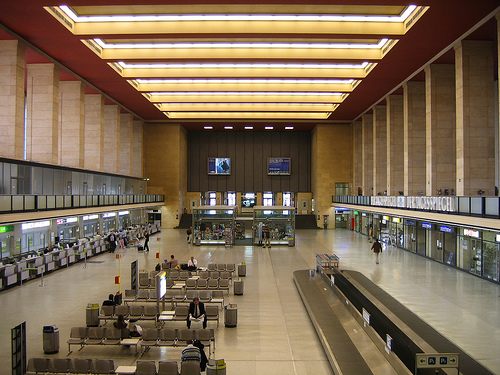
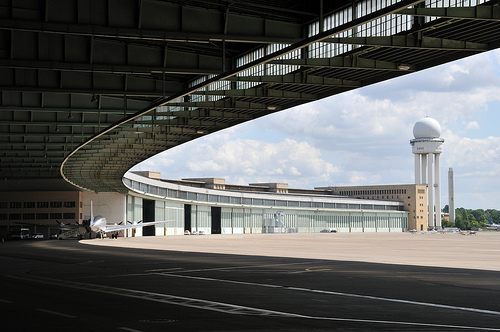
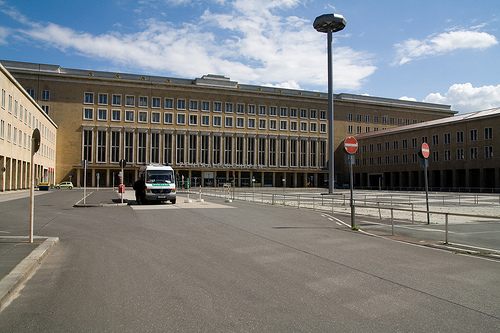






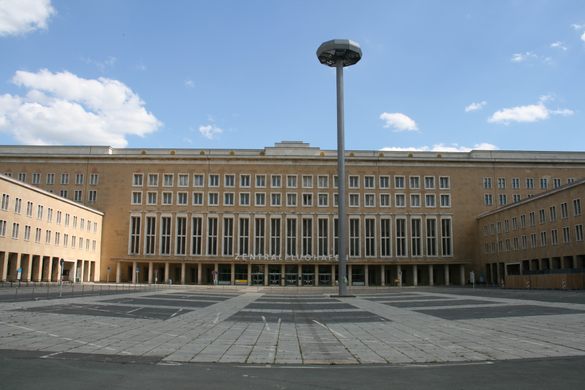

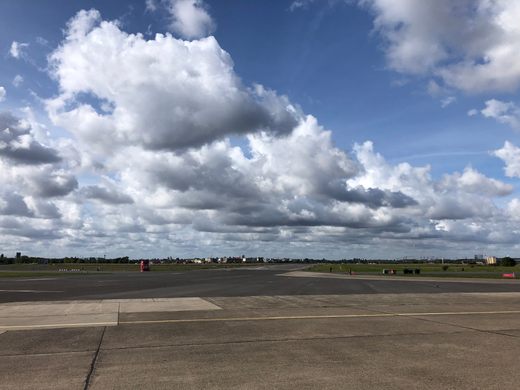





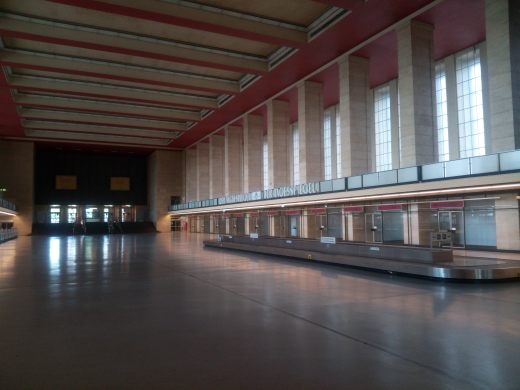

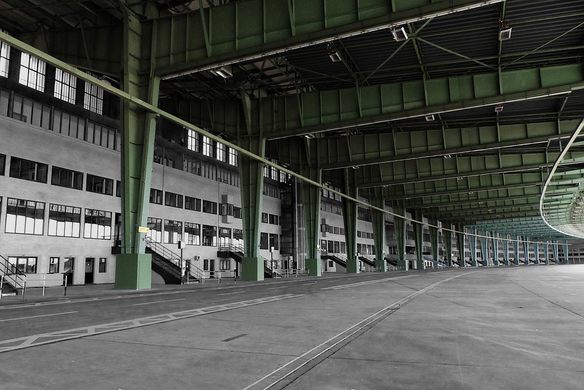
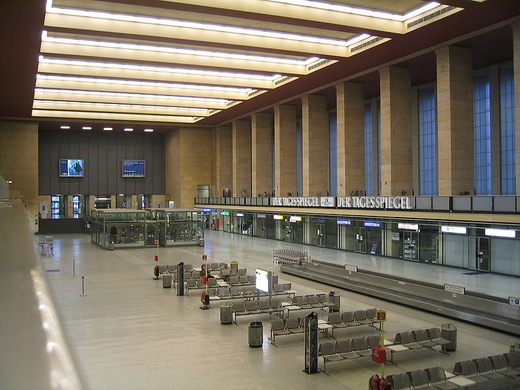
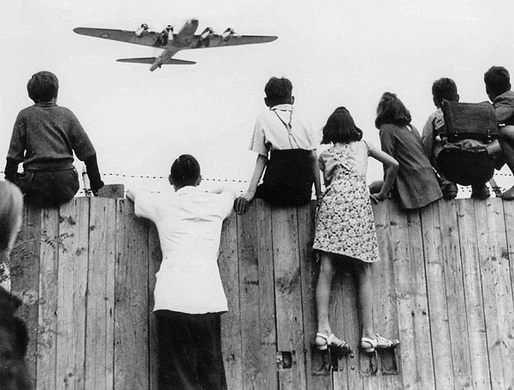











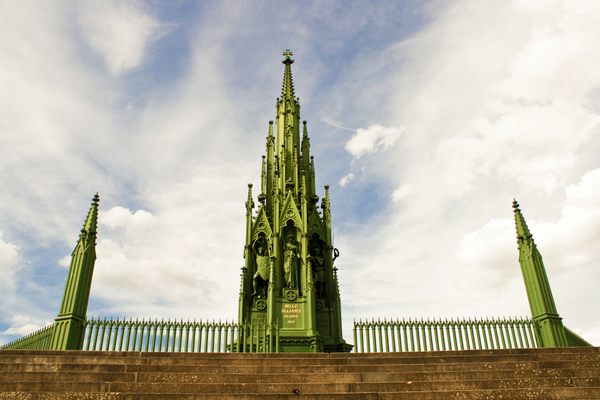
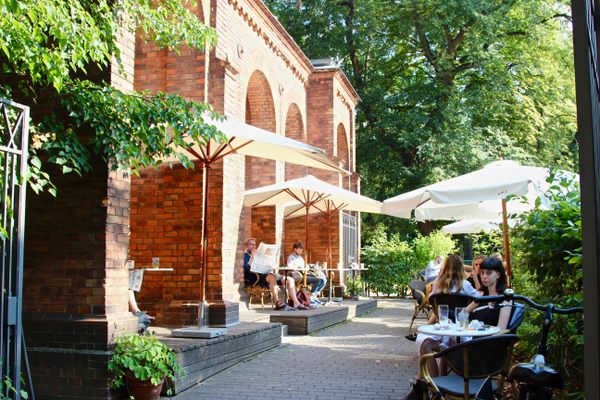







Follow us on Twitter to get the latest on the world's hidden wonders.
Like us on Facebook to get the latest on the world's hidden wonders.
Follow us on Twitter Like us on Facebook